Metal Roofing Systems: Are They Right for Your Building in Des Moines, IA?
Metal Roofing Systems: Are They Right for Your Building in Des Moines, IA?
Metal Roofing Systems: Are They Right for Your Building?
If you own or manage a commercial building, chances are you’ve heard about the benefits of metal roofing—especially standing seam and retrofit systems. But are they truly the right solution for your property? Here’s what you need to know before investing in a metal roof, and when replacing an existing metal roof with a flute-filled system might be the smartest move.
Why Choose a Metal Roofing System?
Metal roofs are popular for a reason. Many property owners are drawn to them because they’re durable, energy-efficient, and often require less maintenance over the long term. Here are some of the main advantages:
Long Lifespan:
A properly installed metal roof can last 40–60 years, significantly longer than most single-ply membranes or asphalt systems.
Energy Savings:
Reflective coatings help reduce heat absorption, lowering cooling costs.
Low Maintenance:
Metal resists cracking and shrinking, and standing seam systems have fewer seams to leak.
Sustainability:
Metal roofing panels often contain recycled material and can be recycled again at end-of-life.
Curb Appeal:
Standing seam roofs provide a modern, clean look many owners love.
Standing Seam Metal Roofs: Pros and Cons
Standing seam systems are the most recognized type of metal roofing. They feature vertical panels joined by raised seams that lock together.
Pros:
- Exceptional water shedding
- Minimal exposed fasteners
- Excellent wind uplift resistance
- Compatible with solar arrays and snow retention systems
Cons:
- Higher up-front cost
- Complex installation requiring experienced crews
- Can be noisy during heavy rain if not properly insulated
Metal Retrofit Systems: A Cost-Effective Alternative
If you have an aging flat or low-slope roof, a metal retrofit can be an attractive option. This system installs new metal panels over the existing roof, often using a framing grid to create slope and support.
Pros:
- No tear-off required (saves disposal costs)
- Adds slope for better drainage
- Provides a new warranty without disrupting occupants
Cons:
- Adds weight to the structure (engineering review required)
- May not solve underlying insulation or ventilation issues
- Can still be a significant investment compared to membrane overlays
When to Replace with a Flute-Filled Roof
If your building already has a metal roof showing signs of severe wear or leaks, it may be time for a flute-filled roof system.
What is flute-filling?
When retrofitting an old metal roof, the metal’s ridges and valleys (flutes) are filled with insulation board. Then, a new membrane—like TPO or EPDM—is installed over the insulation to create a smooth, energy-efficient surface.
Why consider flute-filling?
- Eliminates the thermal bridging of exposed metal panels
- Creates a flatter surface for membrane installation
- Improves insulation value and energy efficiency
- Typically less expensive than a new structural metal system
- In many cases it will not disrupt business as no tear off is needed.
Signs it may be time to replace with flute-filling:
- Widespread rust and corrosion
- Leaks at fasteners and seams that recur after repairs
- Significant energy loss or condensation issues
- Structural deformation due to water infiltration
Final Thoughts: Is Metal Roofing Right for You?
Choosing the right roof is one of the most important decisions you’ll make for your building. Whether you’re interested in standing seam, a retrofit, or a flute-filled system, the key is working with an experienced commercial roofer who can help you weigh the options.
At Right Roofing & Siding, we’ve been helping Iowa property owners protect their investments since 1997. If you’d like a free consultation and honest recommendations, our team is here to help.
Call today to schedule your assessment:
515-729-0770 (Des Moines Metro)
641-451-8017 (Pella/Knoxville)

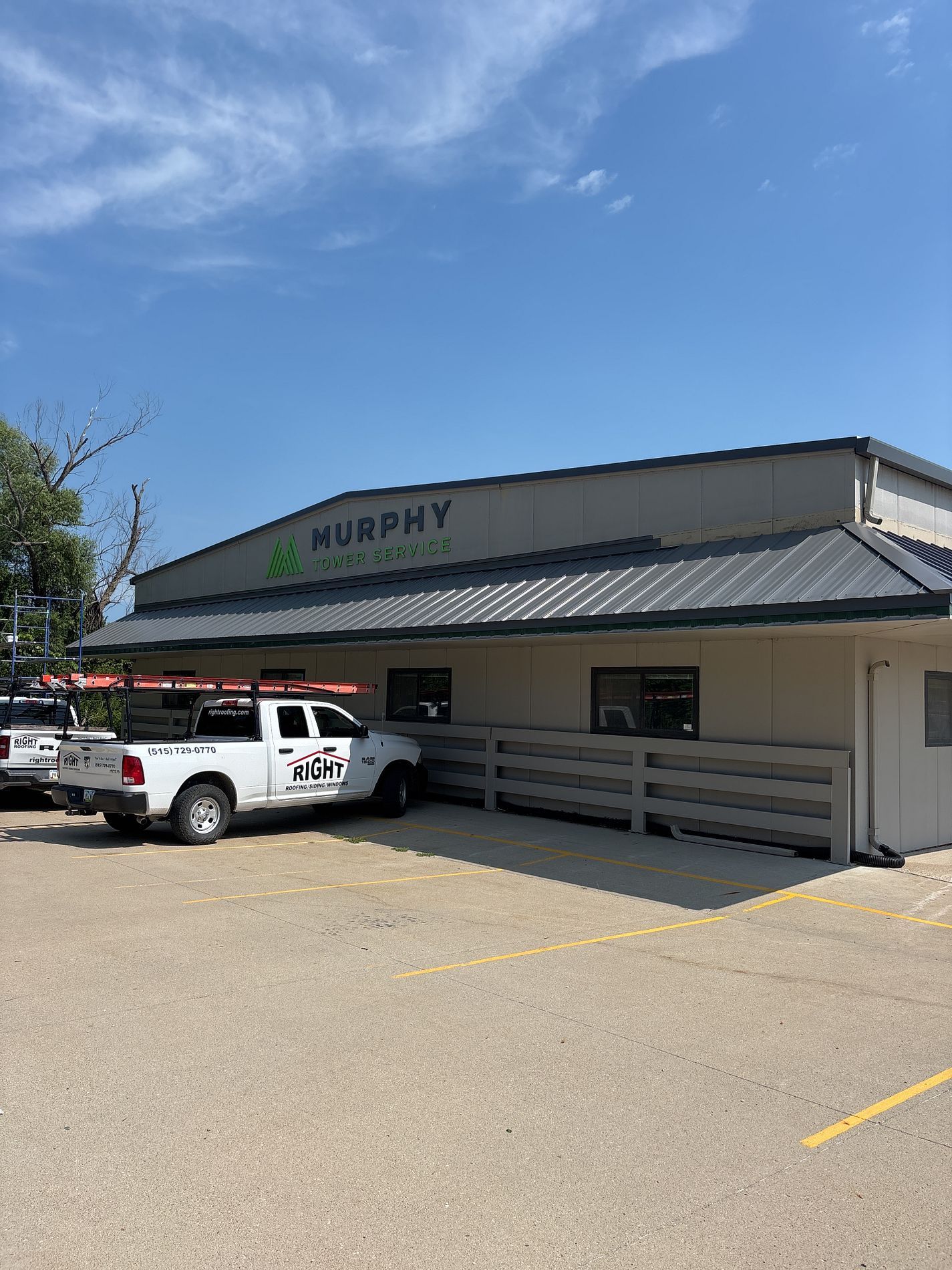
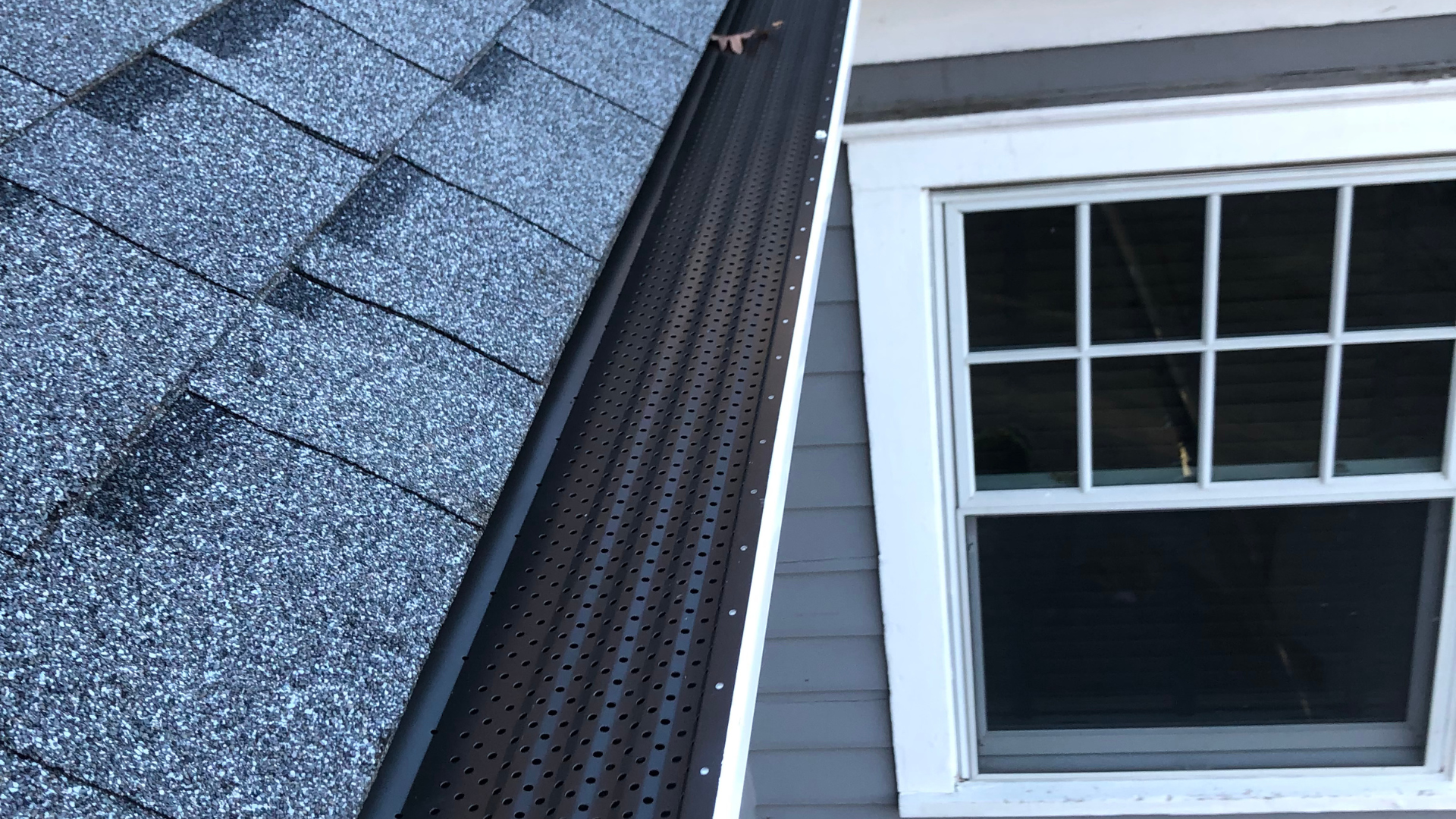
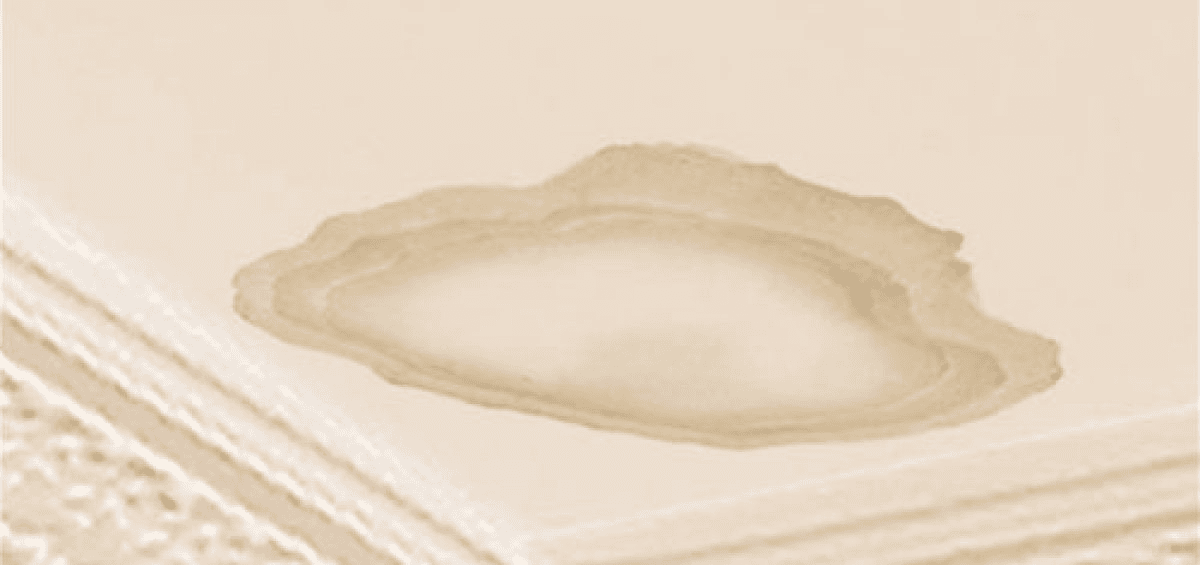
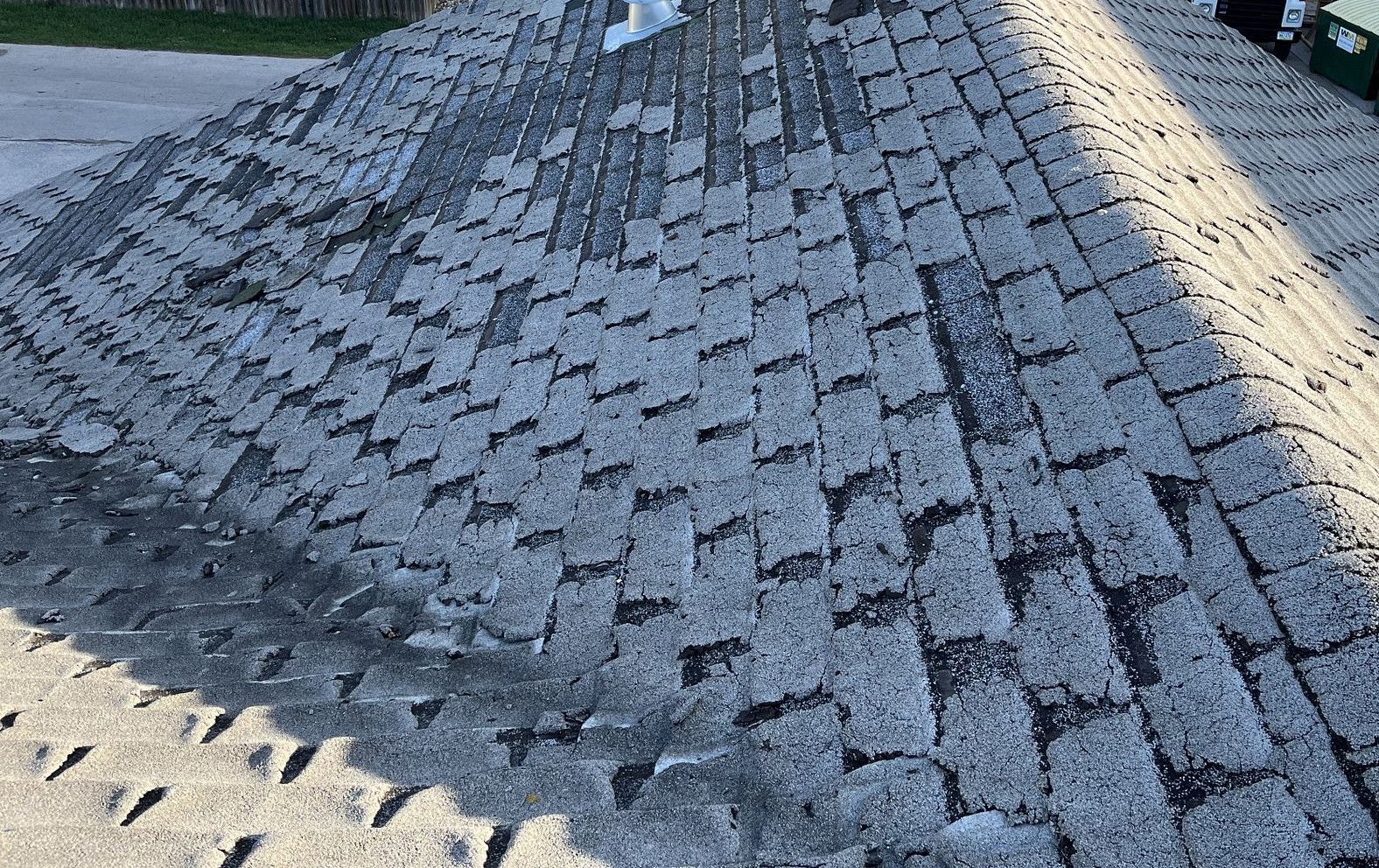
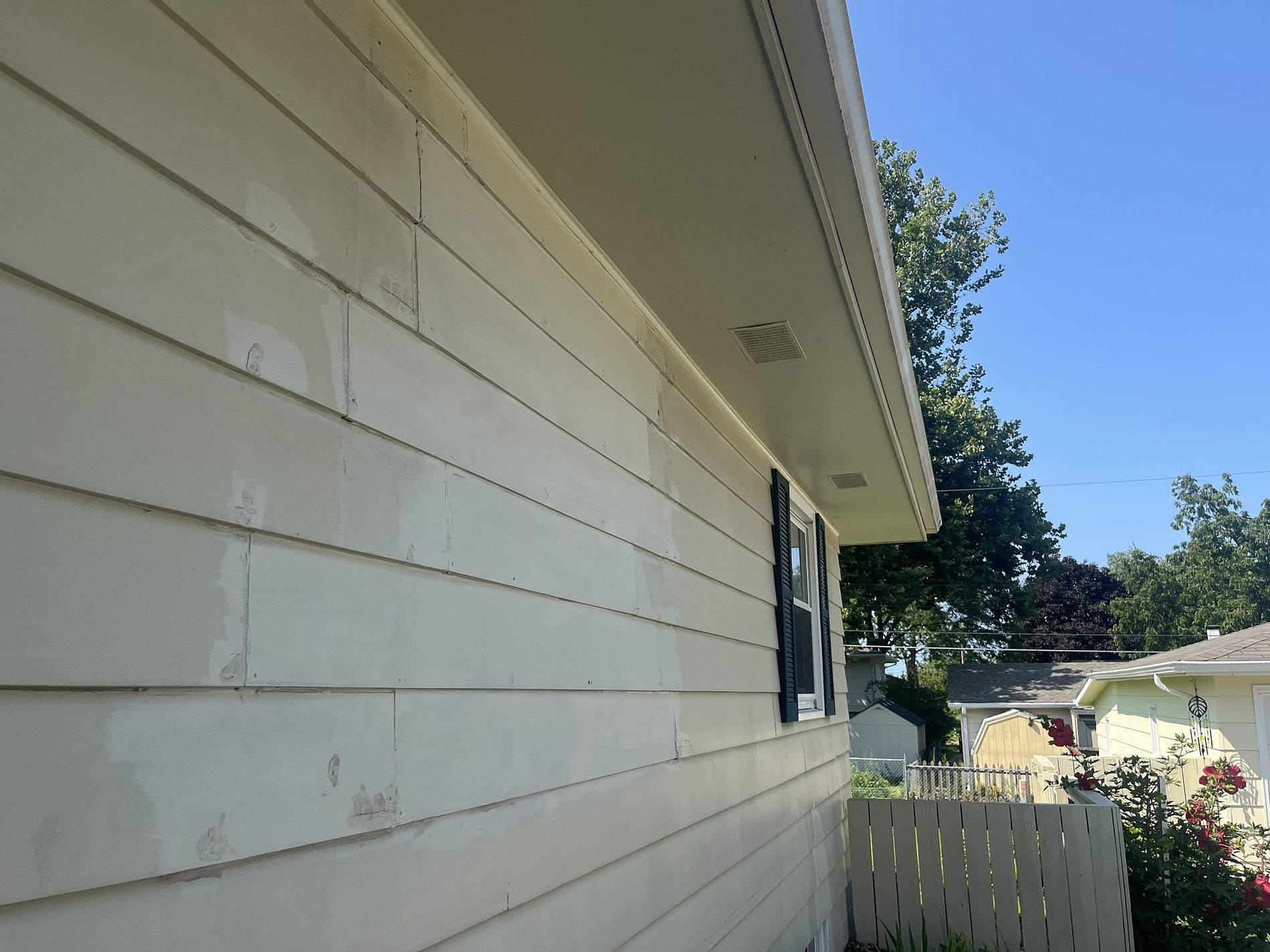
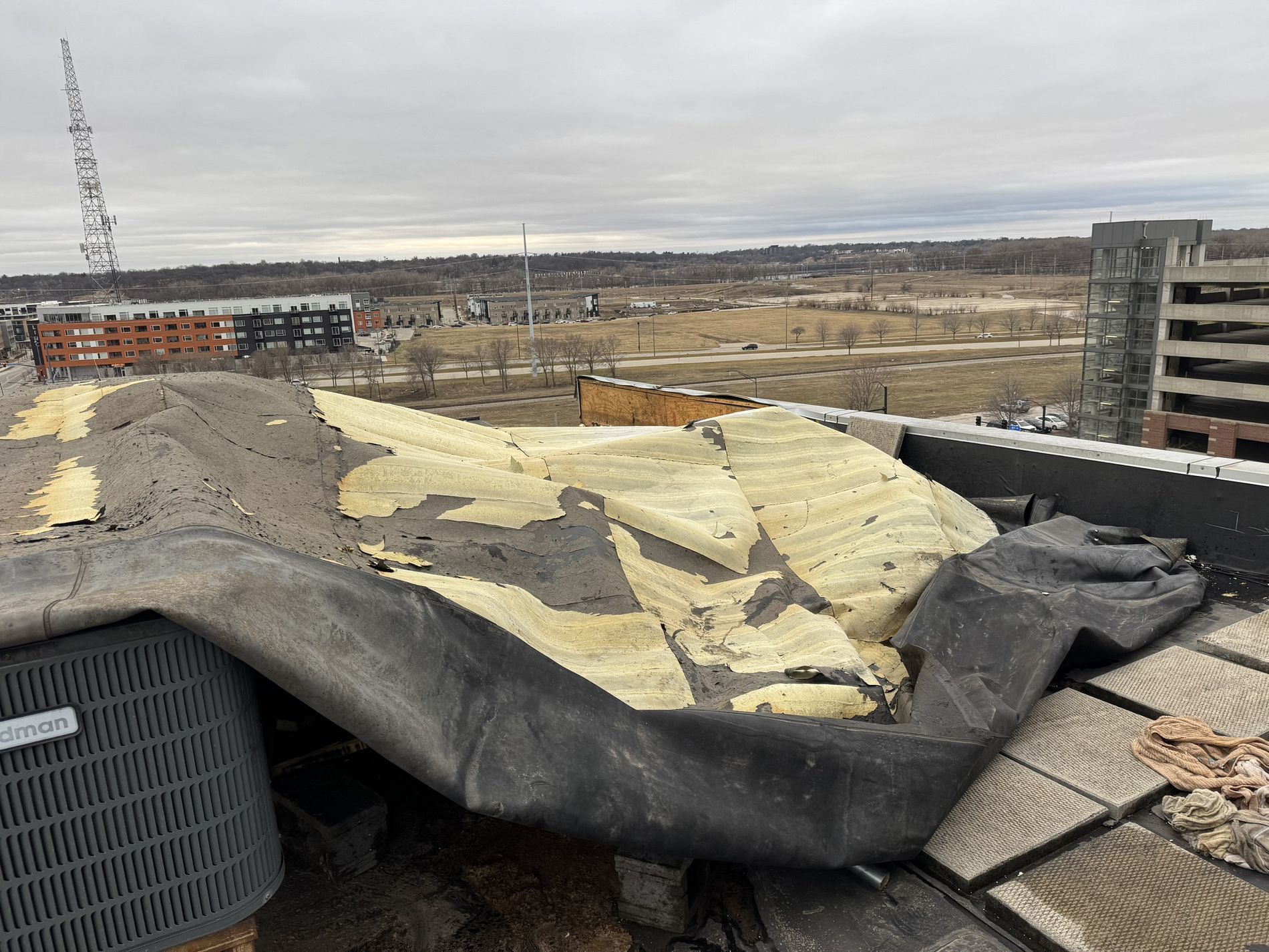
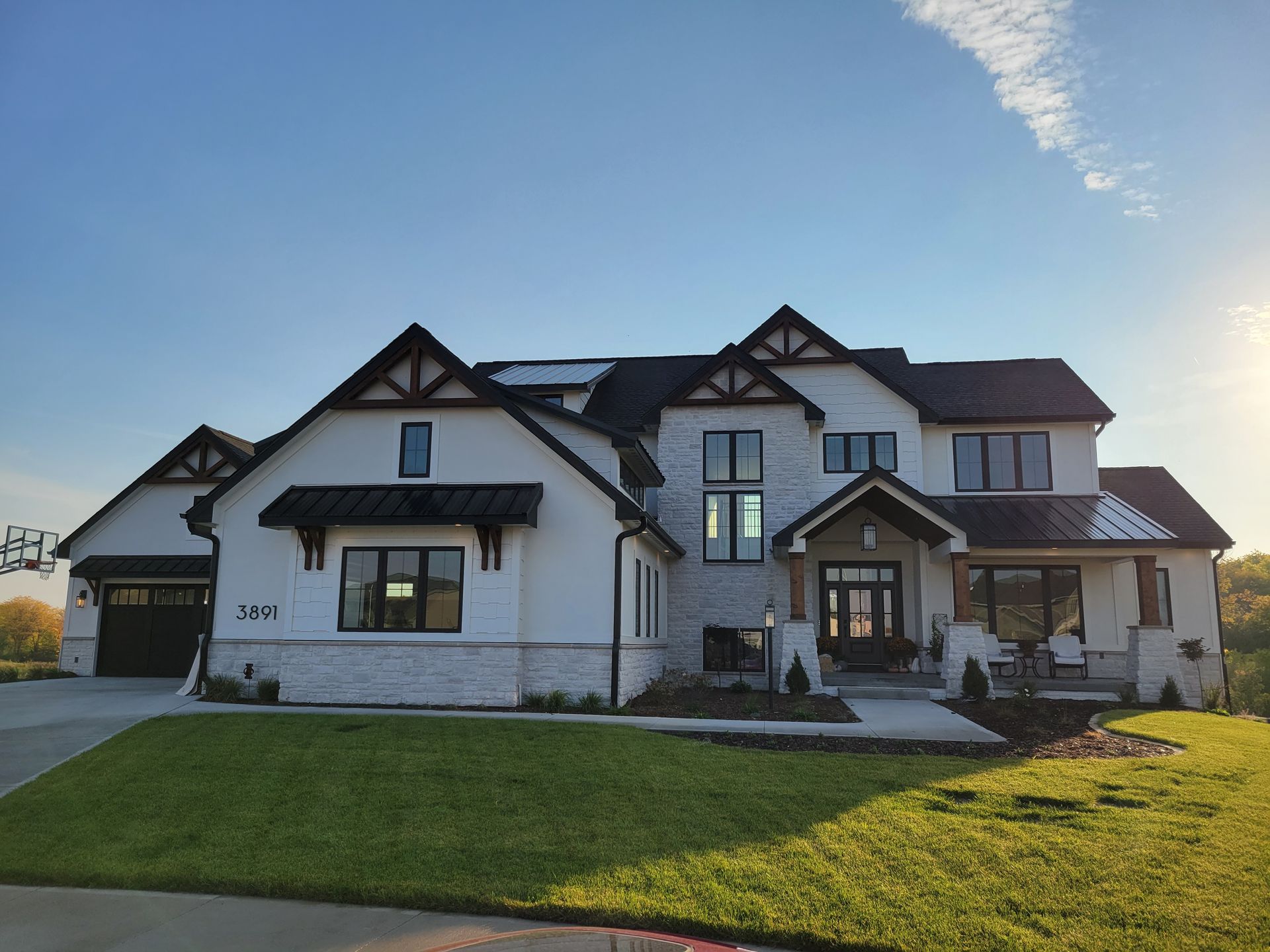
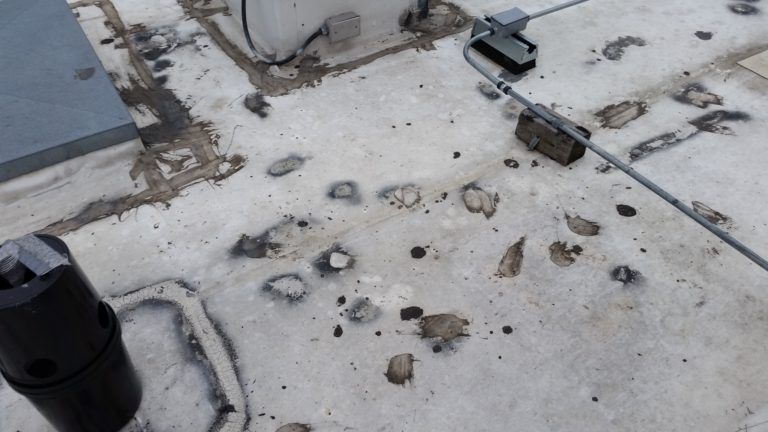

Share On: